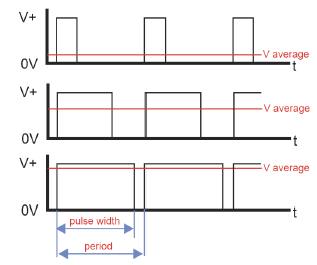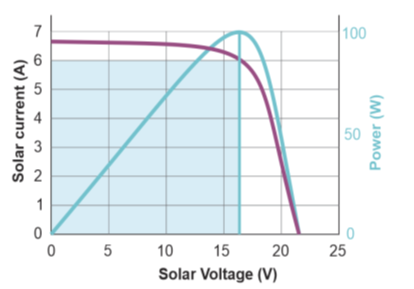WHAT IS A SOLAR CHARGE CONTROLLER/ REGULATOR? ... PWM or MPPT?
- rentechsyst
- Jun 29, 2020
- 2 min read
Updated: Jul 20, 2024

Now that we have talked about batteries to some detail, it’s important that we look at charge controllers. These are essentially the “police force” that protects your battery system, by ensuring that the batteries are not overcharged by the solar panels during the day and that the batteries are not drained by the solar panels in the night (yes you heard me right, a battery CAN discharge to the solar panel in the night!!). Charge controllers basically limit the rate at which current is added or withdrawn from the batteries [2]. Charge controllers are only used in systems that have battery storage.
The two common types of controllers are the PWM and the MPPT Charge controllers…. But what is their difference?
i. PWM Charge Controller- The acronym PWM stands for “Pulse Width Modulation “

Fig 1: PWM Controllers [1]
PWM Charge Controllers “pull down” voltage of the panel array to the voltage of the battery bank, and as the battery is being charged, it’s voltage rises, and so does the voltage output from the panel. The PWM controller then regulates the voltage to prevent overcharging by reducing the pulse width (making the width narrower, see diagram) of the signal. Therefore maximum voltage the system derives from the panel will be limited by the maximum voltage that the batteries are designed to take. This is where the PWM charge controllers are cited as “in-efficient” as the panels cannot give out the maximum power that they are capable of delivering.
General advantages of PWM Charge Controllers:
Cheaper upfront costs [1]
Functionalities “simple”
ii. MPPT Charge Controller- The acronym stands for “Maximum Power Point Tracking”, which is exactly what this controller does… it tracks the points of maximum power for the solar panels. Once the point of maximum power is found, this power is delivered to the batteries. This allows the potential maximum power of the solar panels to be utilised for battery charging.

Fig 2: MPPT Controllers [1]
MPPT Controllers always look for the maximum power point in any condition, be it low radiation or shading. It ensures that you harvest the best of what is available in the environment.
General advantages of MPPT Charge Controllers [1]:
Can result of 10 to 40% more energy yield from the solar panels
Helps yield more power in periods of low sun irradiance
Allows system to be connected to a bigger array, as it can take high PV panel voltage input
In future posts we look at how to size and select a charge controller for your system. Watch the space!!!
Sources:
1. Victron: Solar chargers and PV inverters
About Author:

Lovewell Chitiyo is a Mechanical Engineer with 15 years experience in the building services Engineering consultancy, renewable energy systems and sustainable design fields. He is currently studying Masters in Renewable Energy at Stellenbosch University in South Africa
Lovewell is an Accredited Professional with the Green Building Council of South Africa for Existing Buildings Performance and New Buildings; Interiors, holding several qualifications and certification in Renewable Energy and Sustainability.
Lovewell also has vast experience in design, supervision, installation and commissioning of several projects locally and regionally in the last 15 years.






Comments